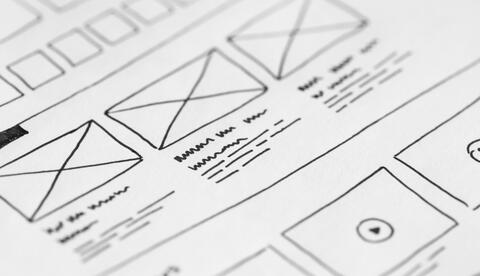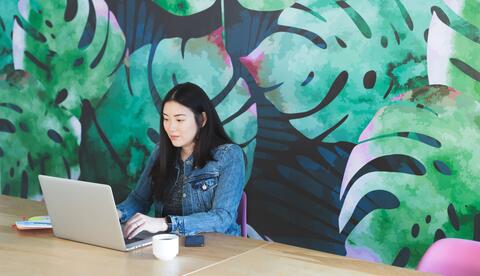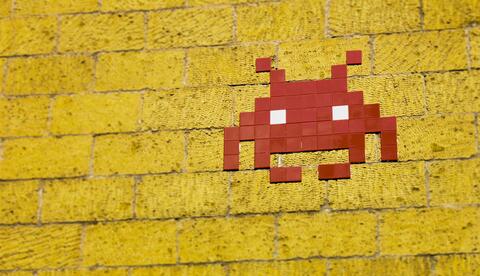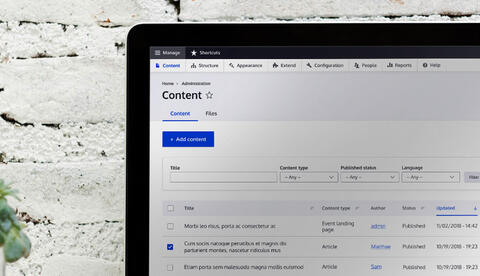Making Better UX Choices: Advice for Drupal Developers
I started my career as a Drupal developer, but with time I shifted towards content strategy and user experience (UX), which made me realize, among many other things, how developer decisions impact design. That's why I believe any Drupal developer can use this advice: everyone who contributes to building a website also contributes to UX. When we all incorporate UX design thinking into our work, the quality of our output can only get better.










